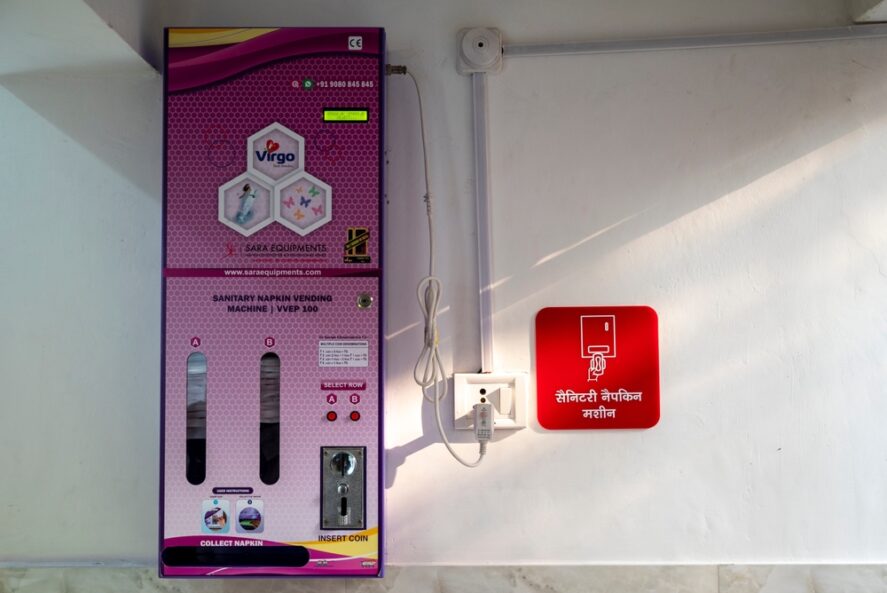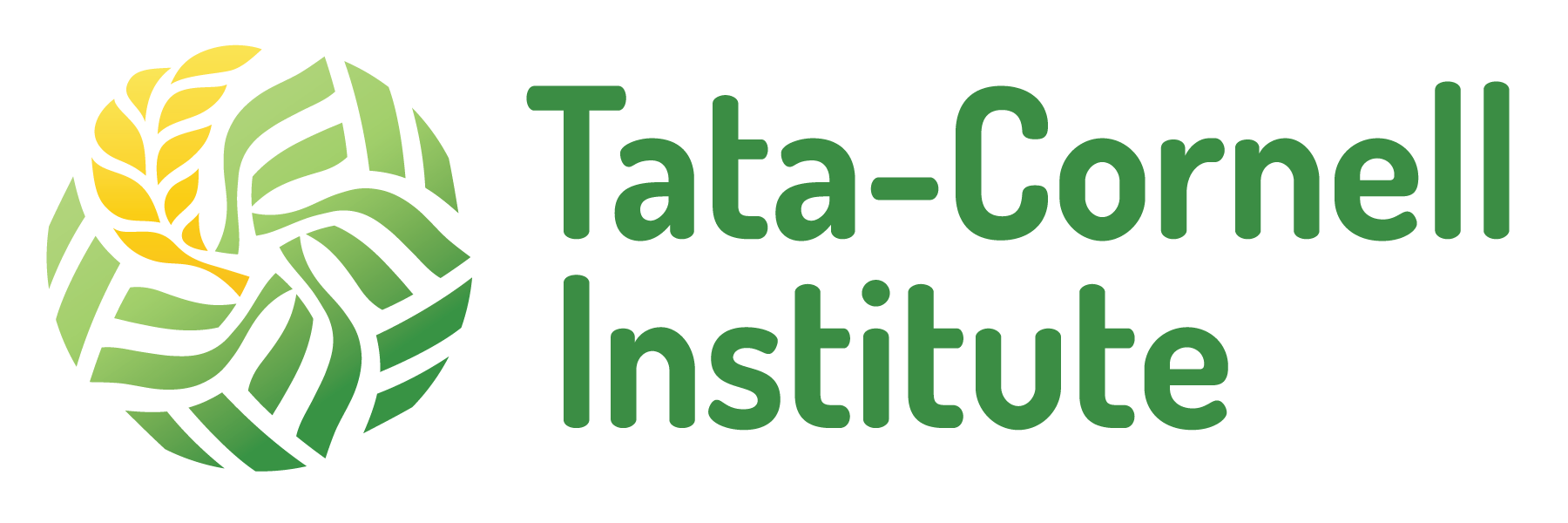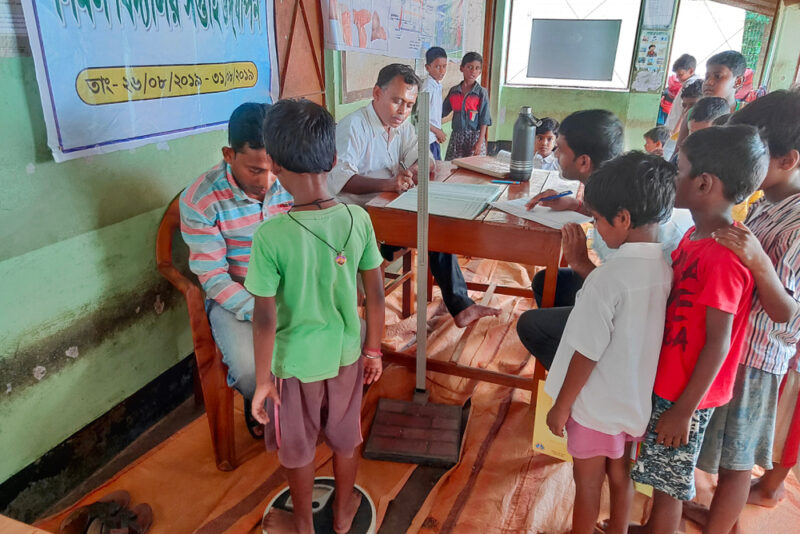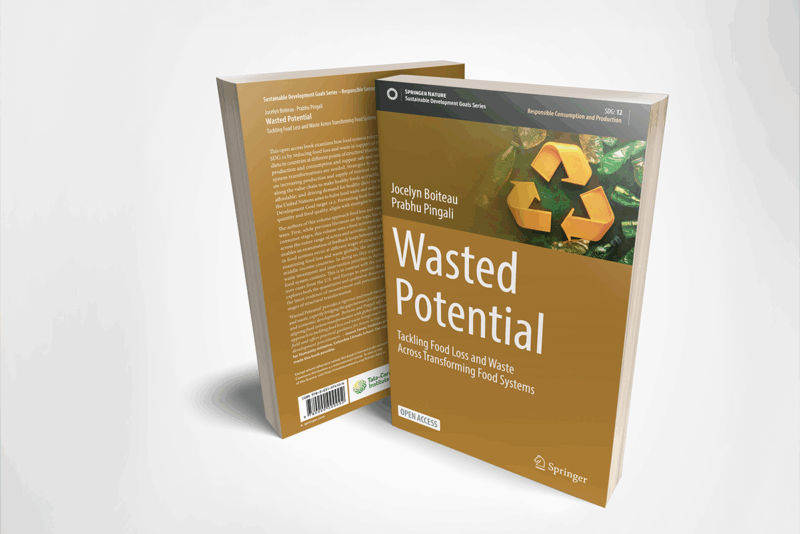Bridging the Gap: Managing Menstrual Hygiene Through Access to Safe WASH Facilities

Menstrual health has gained increasing attention among public health researchers and policymakers in recent years. The use of hygienic materials during menstruation is essential for safeguarding women’s health, dignity and well-being.
Poor menstrual health is exacerbating social and economic inequalities. It is linked to a range of health issues, such as urinary and reproductive tract infections, and can also lead to discomfort, psychological stress and irregular school attendance or even dropout.
Policy recommendations on menstrual hygiene management often emphasize improving access to sanitary pads for girls and women. While the availability of sanitary pads is undoubtedly essential, attention must also be given to ensuring access to safe water, sanitation and hygiene (WASH) facilities, which are fundamental to effective menstrual hygiene management.
Poor WASH practices are linked to stunting and thinness among adolescent girls. Girls who lack access to improved water sources, sanitation and handwashing facilities within their homes are more likely to be exposed to contaminated water and food, increasing the risk of diarrheal and parasitic diseases that can negatively impact nutritional status. They are exposed to an increasing burden of infections, such as hookworm, which hinder physical growth and intellectual development. Poor menstrual health management may also exacerbate the risk of anemia among adolescent girls.
Menstrual hygiene management
According to the National Family Health Survey (NFHS-5, 2019–21), 78% of young women aged 15–25 in India reported using some form of hygienic menstrual products—sanitary napkins, menstrual cups or tampons, with 64% specifically using sanitary napkins.
However, many women still rely on cloth or other unsafe materials for menstrual protection, particularly prevalent in socio-economically disadvantaged states and among marginalized communities. For instance, a large proportion of women in states like Bihar (41%) and Madhya Pradesh (39%) are not using any hygienic period products. More than one-third (34%) of women from Scheduled Tribe (ST) communities continue to use unsafe menstrual materials.
Access to safe WASH facilities
Although India has implemented the Swachh Bharat Mission (Clean India Mission) and the National Urban Sanitation Policy (NUSP) to eliminate open defecation, improve sanitation and promote better hygiene practices in both rural and urban areas, girls living in impoverished, rural areas continue to face challenges in accessing safe WASH facilities.
As per NFHS-5, 69% of households use improved toilet facilities, but the figure drops to 64% in rural areas. Alarmingly, 19% of Indian households still practice open defecation—this rises to 26% in rural regions. Notably, fewer than half (49%) of households have toilet facilities within their own dwellings; even less have toilets in rural areas (37%).
The availability of water and soap is also essential for maintaining hygiene during menstruation. However, access to basic washing facilities remains inadequate. In rural India, over 20% of households lack water at handwashing stations, 32% lack soap, and 33% lack either soap, water or both, posing serious challenges to maintaining menstrual hygiene.
Furthermore, privacy is a significant concern, especially when using sanitary napkins. Girls and women need private spaces to change menstrual materials and dispose of used products to maintain dignity and hygiene. NFHS-5 data reveals that more than 40% of households have three or more people sharing a single bedroom. Since many girls are still using clothes during their periods, cleaning and drying clothes becomes a problem if they lack water, privacy and a drying place.
WASH in schools: persistent gaps
In 2014, India launched the Swachh Bharat Swachh Vidyalaya (SBSV) initiative to ensure that all schools have access to separate functional toilets for boys and girls. The initiative promotes safe and appropriate hygiene practices and behavior among children.
Despite such initiatives, schools are not equipped with adequate WASH facilities, preventing girls from managing menstruation effectively during school hours. In fact, many girls do not change pads in school due to poor sanitation facilities.
According to the Annual Status of Education Report (ASER) 2024, while there has been improvement over the past 15 years, WASH infrastructure in schools remains inadequate, particularly in rural areas. In 2024, 28% of schools across rural India lacked functional or usable toilets for girls. In some states, the situation is even more concerning—69% of schools in Meghalaya and 41% in Madhya Pradesh did not have functional toilet facilities for girls.
A way forward
Ensuring menstrual health requires more than just distributing sanitary napkins. A comprehensive approach must integrate access to safe and functional WASH facilities at the household and institutional levels. More efforts are needed to improve WASH infrastructure in marginalized and resource-poor settings, where girls and women are disproportionately affected by inadequate sanitation and hygiene facilities.
WASH interventions in schools have proven effective in curbing the spread of infections and promoting health-conscious behaviors among children. Investing in such infrastructure is vital for enabling girls to manage menstruation with dignity, safety and confidence, both at home and in school.
Pintu Paul is an assistant professor at the Indian Social Institute, New Delhi.
Featured image: Women can purchase sanitary pads from a vending machine in a community bathroom in New Delhi, India. (Photo by PradeepGaurs/Shutterstock)





